More from News 12
0:31

President Joe Biden to visit Village of Irvington for celebrity fundraiser
2:39
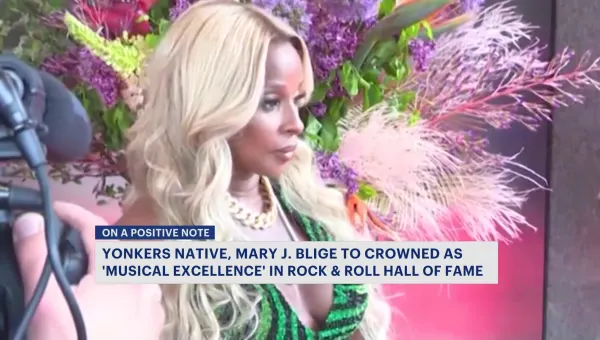
Mary J. Blige’s Road to the Rock & Roll Hall of Fame started in Yonkers public housing
2:06
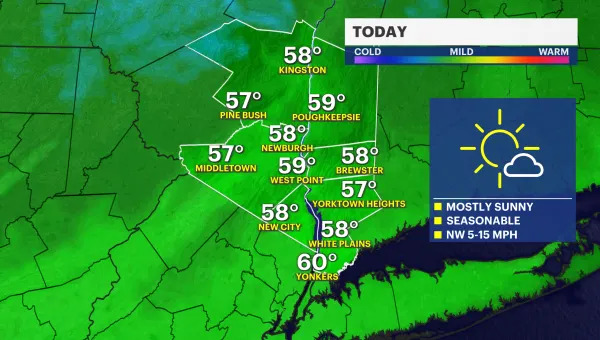
Frost and freeze concerns overnight, glorious Tuesday with temps in the 60s
2:04

‘She wore her uniform proudly.’ Westchester COBA mourns late officer Eleanor Birrittella
1:45
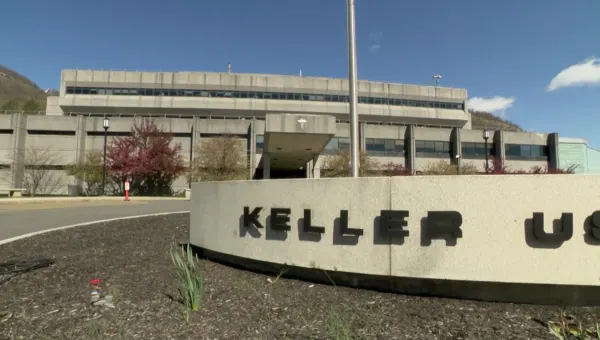
West Point’s Keller Army Hospital, Hudson Valley VA form partnership to expand access
2:19

Turn to Tara team looks at new domestic violence laws implemented across tri-state following NJ murder-suicide
1:56
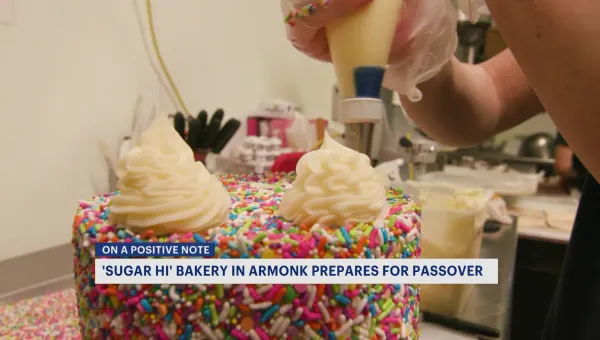
Armonk twins showcase baking skills for Passover
0:38
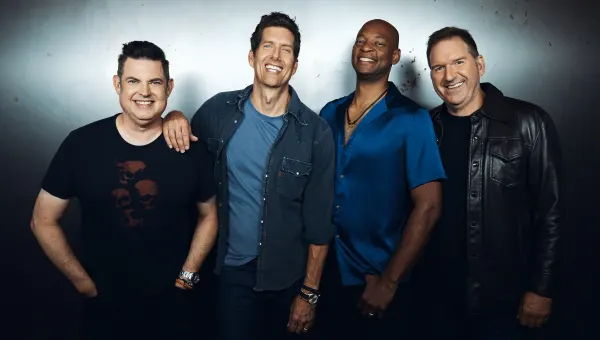
Better Than Ezra to headline Pleasantville Music Festival this summer
0:36
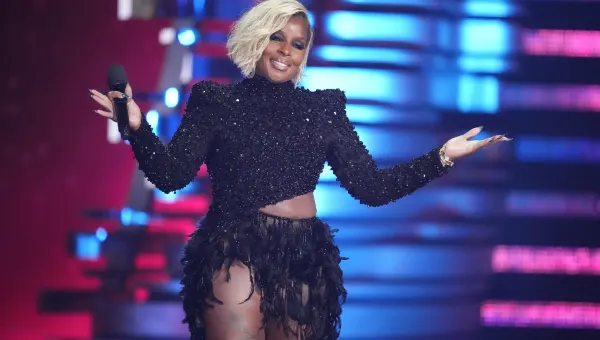
Yonkers native Mary J. Blige, Queens hip-hop group A Tribe Called Quest selected for Rock Hall of Fame
0:39
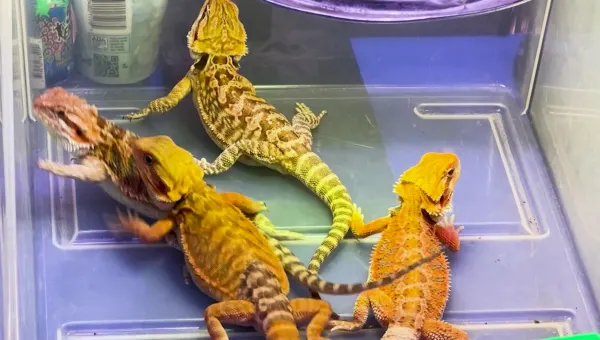
Slithering success: NY Metro Reptile Expo draws crowds to Westchester County Center
0:21

Orange County man killed in Sullivan County motorcycle crash
0:58
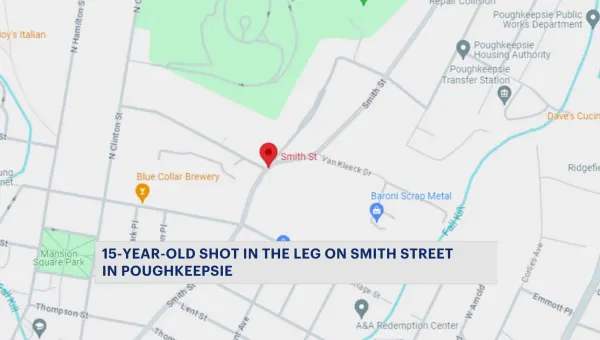
Headlines: Shooting in Poughkeepsie, New Rochelle assault, shooting threat in Beacon
1:29
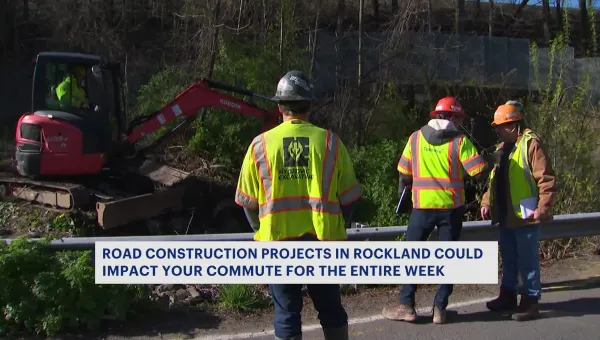
$3 million road construction project could impact drivers in Nanuet
0:19
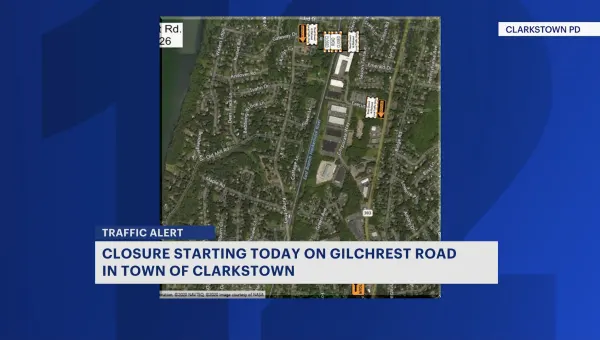
Traffic Alert: Gilchrest Road closed for construction upgrades in Valley Cottage
0:29
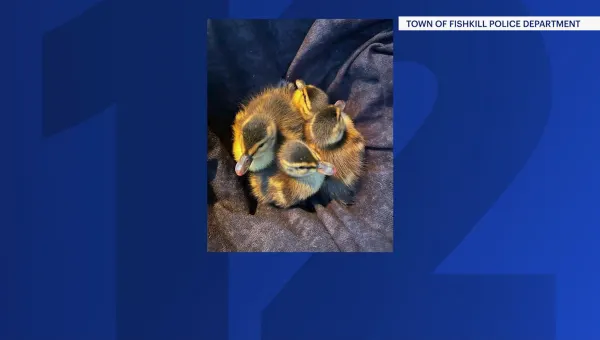
Fishkill police rescue quartet of ducklings from storm drain drama
0:28
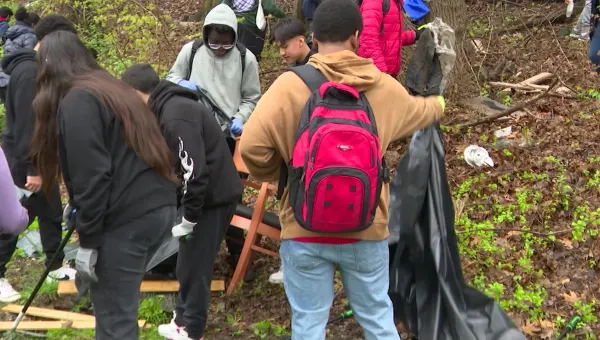
Yonkers volunteers clean up Old Croton Aqueduct trail in honor of Earth Week
0:34
